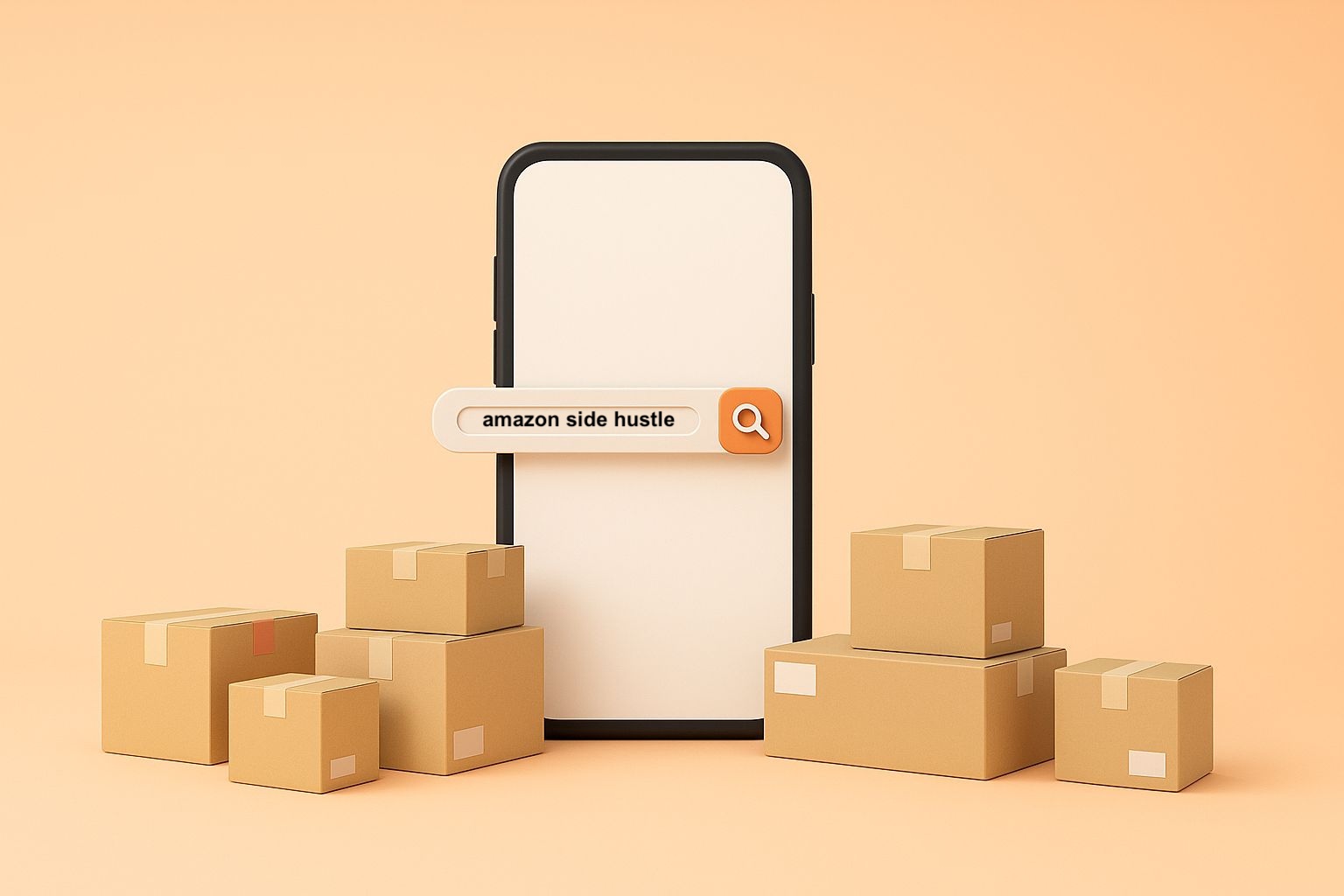Amazon: Fee for Digital Services – What This Means for Sellers

Starting October 1, 2024, Amazon will introduce a fee for digital services (Digital Services Fee, DSF) to comply with a newly introduced digital tax (Digital Service Tax, DST). This fee, which is charged on certain sales and FBA fees, varies depending on the country in which the seller is located and the respective Amazon marketplace. The DSF aims to create a predictable fee structure, as countries like France, Great Britain, Canada, Italy, and Spain impose different DST rates.
Sellers who are not operating in countries with a digital tax or who do not sell in such markets are not affected by this. This change aims to ensure that digital companies contribute fairly to taxes in the countries where they generate revenue. This article summarizes all the important information you should know about this topic.
What is the digital tax (DST)?
The governments of various countries have introduced the DST to ensure that large technology companies pay a fair tax share where they operate. These taxes typically range from 2% to 3% depending on the country. So far,
introduced such a digital tax.
What is the Amazon fee for digital services (DSF)?
To provide sellers with more certainty, Amazon has introduced the DSF based on two factors:
This approach ensures a simpler and more predictable fee structure and avoids uncertainties about where the buyers will come from.
“While the typical tax rate for digital services in the United Kingdom is 2% and in France, Italy, Spain, and Canada is 3%, the tax fees for digital services are unpredictable as they depend on the location of your business, the location of the buyer, and other factors. Instead of making the digital services fee dependent on these location variables, which would have unpredictable effects on your business since you do not know the location of the customers purchasing your products, we will introduce a fixed fee for digital services that depends only on your location and the store in which you sell.” (Source: Amazon)
What does this mean for Amazon sellers?
The DSF has been visible in the Amazon revenue calculator since September 2024, and since October 2024, sellers can track the fees for digital services through the transaction view in their billing reports.
By the way: If you sell through the pan-European program, the DSF will be automatically taken into account in the automated pricing adjustment.
Examples
Below, we have prepared some examples for you that illustrate how the digital services fee affects different scenarios.
Here’s how to prepare
The DSF thus has a direct impact on your cost structures and significantly influences your pricing calculations. You should definitely take this into account and adjust your product prices accordingly.
In the automatic pricing calculation of the SELLERLOGIC Repricers, you can specify all costs and fees that you incur – both individually for single products and in quick bulk processing for certain product groups. Based on the net purchase price, the selling fees, the value-added tax, any FBA fees, other fees, and the net profit you desire, the Repricer will then calculate the selling price. This has several advantages for you:

Conclusion
The introduction of the digital services fee (DSF) by Amazon starting in October 2024 is a direct response to the digital tax (DST) that has been implemented in several countries to tax technology companies more heavily. For sellers, this primarily means an adjustment of the cost structure, depending on their location and the respective Amazon marketplace.
While sellers from countries without a digital tax generally do not pay additional fees, merchants from countries such as Canada, Great Britain, Italy, France, or Spain are subject to the DSF. This is calculated as a percentage of the selling and FBA fees and varies by location between 2% and 3%.
By introducing a fixed DSF, Amazon creates a transparent and predictable fee structure that allows sellers more planning capability. Nevertheless, it is crucial for merchants to adjust their pricing accordingly to avoid margin losses. Tools like the SellerLogic Repricer provide valuable support in automatically accounting for fees and ensuring profitability.
Frequently Asked Questions
The fee for digital services (DSF) is a new fee that Amazon introduced on October 1, 2024, to offset the costs arising from the Digital Services Tax (DST) implemented by various countries, including the United Kingdom, France, Italy, Spain, and Canada. The DST is a tax on digital services that must be paid by large technology companies to ensure that these companies contribute their fair share of taxes in the countries where they also generate significant revenue. The DSF provides a fair and predictable fee structure for sellers by basing the fee on the seller’s country of establishment and the specific Amazon marketplace where the products are sold.
How the DSF affects your selling costs depends on where your business is located and on which Amazon marketplace you sell.
– If your business is located in a country with DST (such as Canada, the United Kingdom, France, Italy, or Spain) and you sell on Amazon.com, an additional fee will be charged. For example, a Canadian business selling an item worth $15 in the US store pays 3% DSF on the selling fees at Amazon, which is about $0.07.
– Domestic sales are not affected by the DSF.
To prepare for the new DSF, you can take the following steps:
– Track your costs: Starting October 1, 2024, you can track your DSF fees through the transaction view in your payment reports to keep an overview of your finances.
– Review your cost calculation: The DFS is an additional cost that you should consider in your product pricing. Use a professional Repricer to keep your prices up to date despite changes in fees.
Image credit: © NongAsimo – stock.adobe.com






